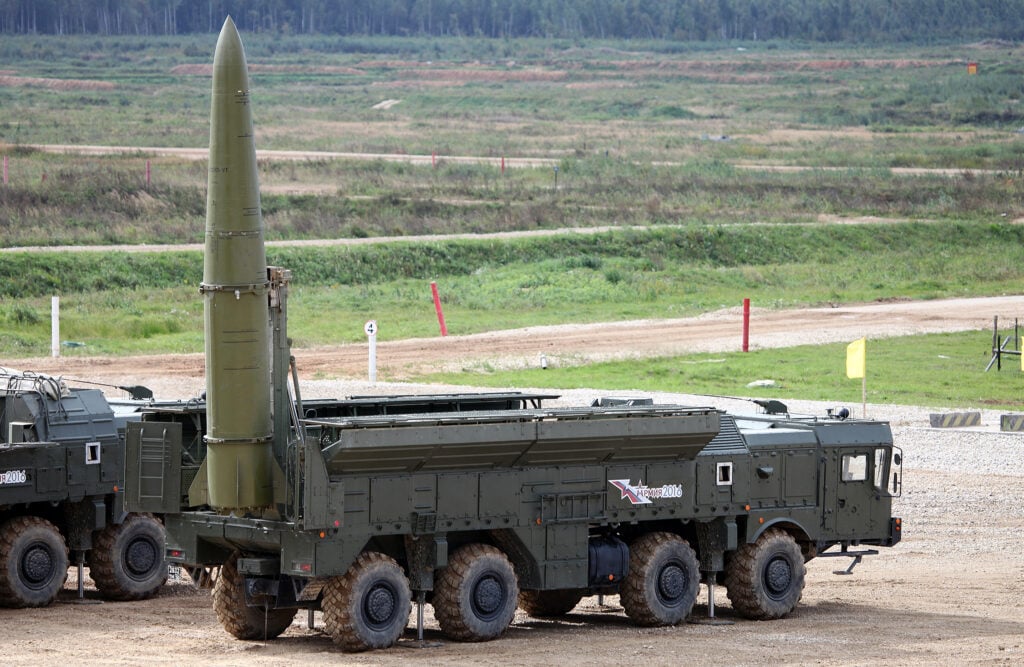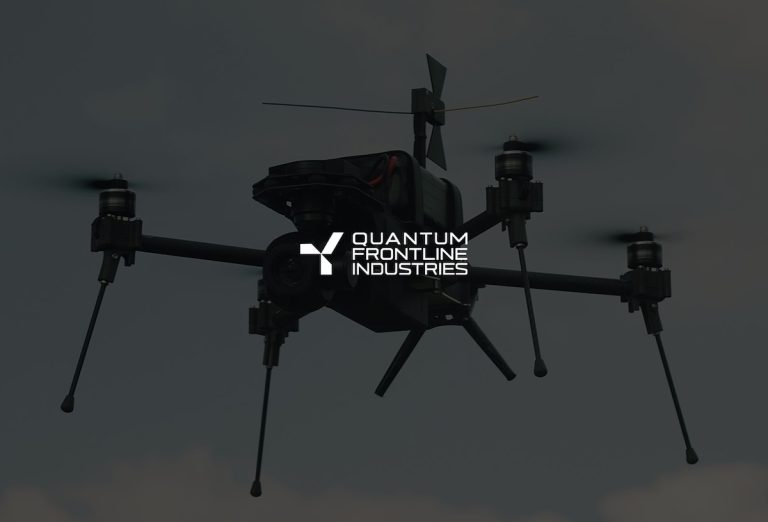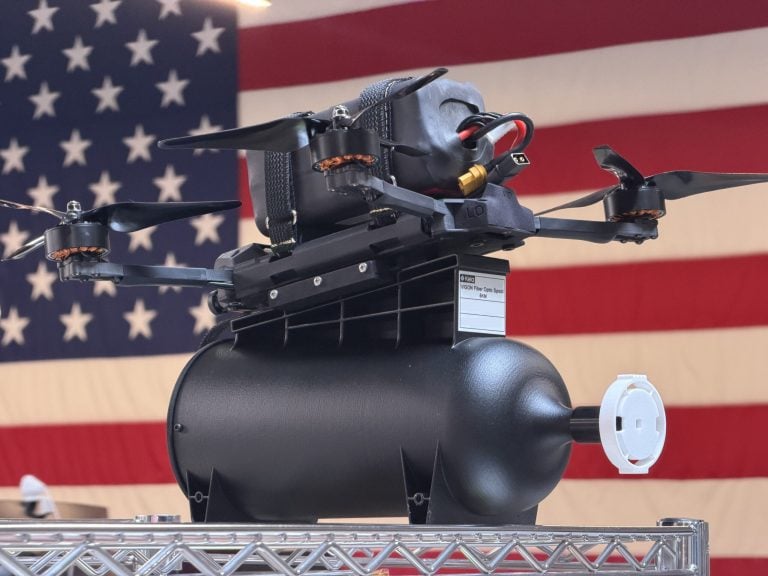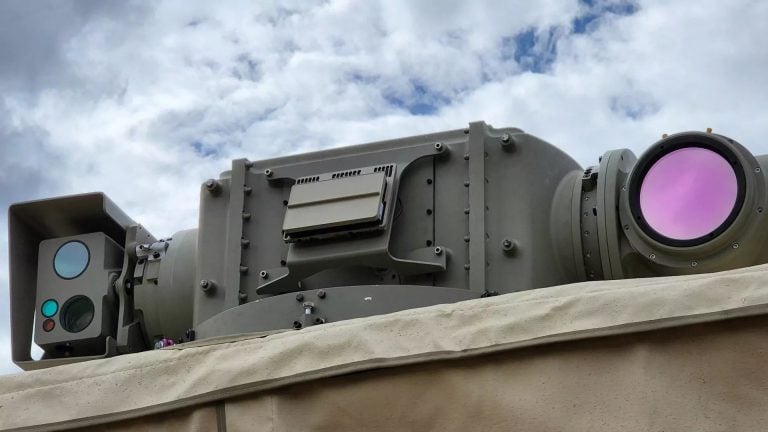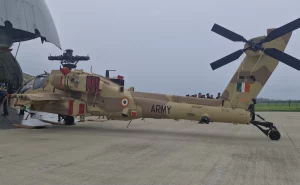Last weekend, Russia launched an assault on Ukraine using upgraded Iskander-M ballistic missiles, which are reportedly more challenging to intercept, even for advanced systems like the Patriot air defense. In the attack on Kyiv, Ukrainian defenses managed to intercept six out of the nine missiles fired, as confirmed by Ukrainian Air Force spokesperson Yurii Ihnat. Notably, among the missiles launched were the Iskander and North Korean KN-23, indicating the ongoing complexities of the conflict and the evolving nature of missile technology.
Despite the successful interception of the majority of missiles, Ihnat highlighted that the Iskander-M was equipped with a radar-decoy system that complicated interception efforts. It followed a semi-ballistic trajectory, making it difficult for defense systems to effectively predict its path. Ihnat noted, “It complicates the interception but doesn’t make it impossible,” suggesting that ongoing enhancements to air defense capabilities are necessary to counter these sophisticated threats. He also mentioned that allied partners are already working on improving the capabilities of Ukraine’s defense systems.
The Iskander-M is a maneuverable ballistic missile, which sets it apart from cruise missiles due to its predictable flight path and substantially higher speed. According to Ihnat, the modified version of the Iskander is capable of executing effective evasive maneuvers, further complicating interception attempts. “The main complication is that these missiles don’t fly on a straight path—they perform evasive maneuvers,” he explained. This variability poses a significant challenge for the Patriot air defense system, which relies on software algorithms to predict interception points.
The Iskander-M boasts an operational range of 400-500 kilometers (250-310 miles) and can reach hypersonic speeds of up to Mach 7, equivalent to approximately 8,643 kilometers (5,371 miles) per hour. It operates at altitudes ranging from 6 to 50 kilometers (4 to 31 miles) and is equipped with a warhead weighing between 480 to 700 kilograms (1,060 to 1,540 pounds). The combination of speed, maneuverability, and significant payload makes the Iskander-M a formidable weapon in Russia’s arsenal, highlighting the ongoing escalation and technological advancements in the ongoing conflict with Ukraine.
